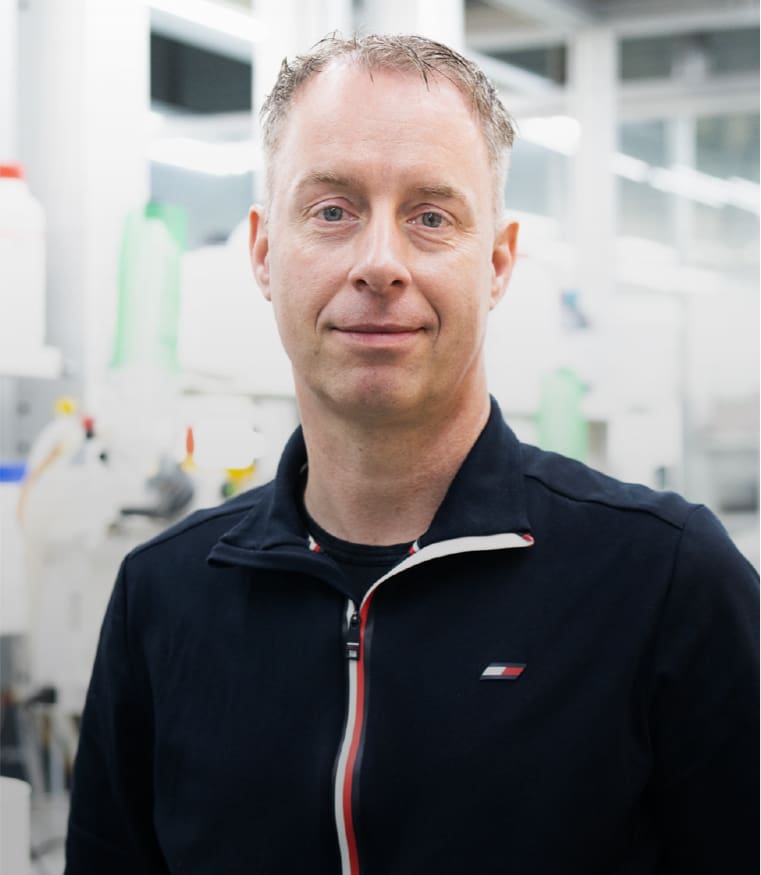Surface science approach to the heterogeneous cycloaddition of CO2 to epoxides catalyzed by site-isolated metal complexes and single atoms: A review
The cycloaddition of CO2 to epoxides to afford cyclic organic carbonates is an increasingly relevant non-reductive strategy to convert CO2 to useful products able to serve as high-boiling solvents, chemical intermediates, and monomers for the preparation of more sustainable polymers. The development of efficient and robust heterogeneous catalysts for such transformation is, therefore, crucial and can be carried out by several strategies that often require the preparation of sophisticated and/or expensive organic networks, linkers, or compounds. A different approach to the preparation of heterogeneous catalysts for CO2-epoxide coupling is by applying surface science methodologies to graft molecular fragments or single atoms on various supports leading to well-defined active sites. In this context, surface organometallic chemistry (SOMC), along with comparable methodologies, is a valuable approach for the preparation of efficient, single-site Lewis acids and catalysts for the target cycloaddition reaction on metal oxides, whereas, other grafting methodologies, can be applied to prepare analogous catalysts on different kinds of surfaces. Finally, we discuss very recent advances in the application of surface methodologies for the preparation of single-atom catalysts as an increasingly relevant approach towards highly active Lewis acids for the cycloaddition of CO2 to epoxides. Overall, we show that Lewis acids and catalysts prepared by facile surface methodologies hold significant potential for future application is the synthesis of cyclic carbonates from CO2.

D’Elia, V.; Kleij, A. W.
GreenChE 2022
DOI:
10.1016/j.gce.2022.01.005

Let's create a brighter future
Join our team to work with renowned researchers, tackle groundbreaking
projects and contribute to meaningful scientific advancements




















